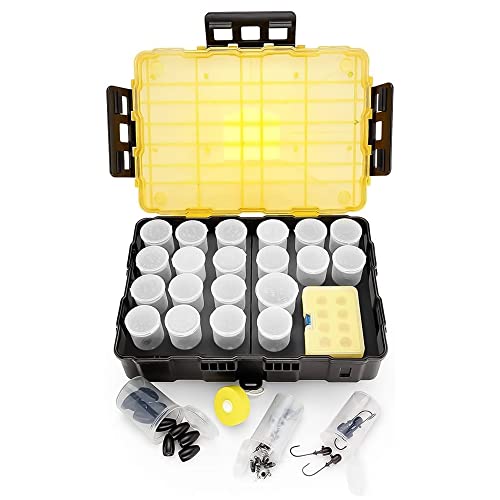Several of a million or so reasons why the EPA hates 2 strokes. Too easy to dump a quart of oil into a jug of gas that might only be a gallon.
Perhaps no one has ever encountered a powerhead failure due to carbon'd rings? I have, unfortunately, a couple of times. Looks similar to a lean issue, burned piston. The piston rings dissipate combustion heat away from the piston and into the cylinder which is obviously water cooled from the outside. Once the rings begin to get carbon'd up, they can't dissipate the heat. Normally they just stick and you'll encounter loss of compression and/or low power due to contamination of the crankcase. Every once in a while I'll see one come through with a burned up powerhead, tear it down and find what looks sort of like a lean fuel mixture failure, but mostly seen on the sides of the pistons rather than the top. By that time the rings are usually stuck in the ring land. Get them freed/broken out of the land and behind it find a ton of carbon. I've only seen it twice in nearly 30 years, but it does happen. That's one reason oil injection is popular. Unless it's a VRO, which should have been scrapped many years ago.
They ran fine on 100:1, at least Yamaha's did. At one point all yamaha outboards up to 40hp were 100:1. I never had a single powerhead failure through the shop due to lack of lubricating oil (as long as it was mixed) but we did see some guys that didn't want to play by the rules and mixed them at 50:1 or in some cases 25:1, and those ones were the guys who complained that the lower unit leaked black oil out of it. Had one that was so mad that he called the factory, who sent out a RSR, inspected and came to same conclusion: over-oiled. Advised customer and he ran off with his tail between his legs but still loud about it. Sometimes I believe that you can't teach old dogs new tricks. Seen others where they forgot to mix the oil in and burned the powerhead, a 225 recently was a victim of that. Guy couldn't afford to fix it, was around $4000 estimated cost. Sad. Such an easy mistake to make on the old premix 2 stroke motors. The oil injected motors would remind you if the tank got low; but there is no such warning on a premix motor that I am aware of. On some of the PWC's (waverunners) the oil injector would inject the equivalent of about 120:1 at full throttle and the equivalent of around 300:1 at idle speed-and actually carried a warranty on them. I did see some of those burned up, but we were able to pinpoint the failure to a rolled over ski, which let the oil line and pump get air in it. The pump works great but they are not a very good air pump; it gets a bubble in it and it will stop pumping oil, period. The way we knew they were rolled or run completely out of oil was that there was a bleed screw in the pump; remove the screw while at the shop and let the oil run out. If there were any bubbles, it was run dry at some point. But I never once saw a ski or outboard pump failure, always had air in them and the owners blamed the pumps.
I'm doing an experiment at work with a jar of 50:1 premix fuel left vented to the atmosphere. Results at a later date as this is requiring some analysis from an independent/outside company. But it will let me know if my hypothesis is correct in that the fuel/oil mixture changes with the age.






















































